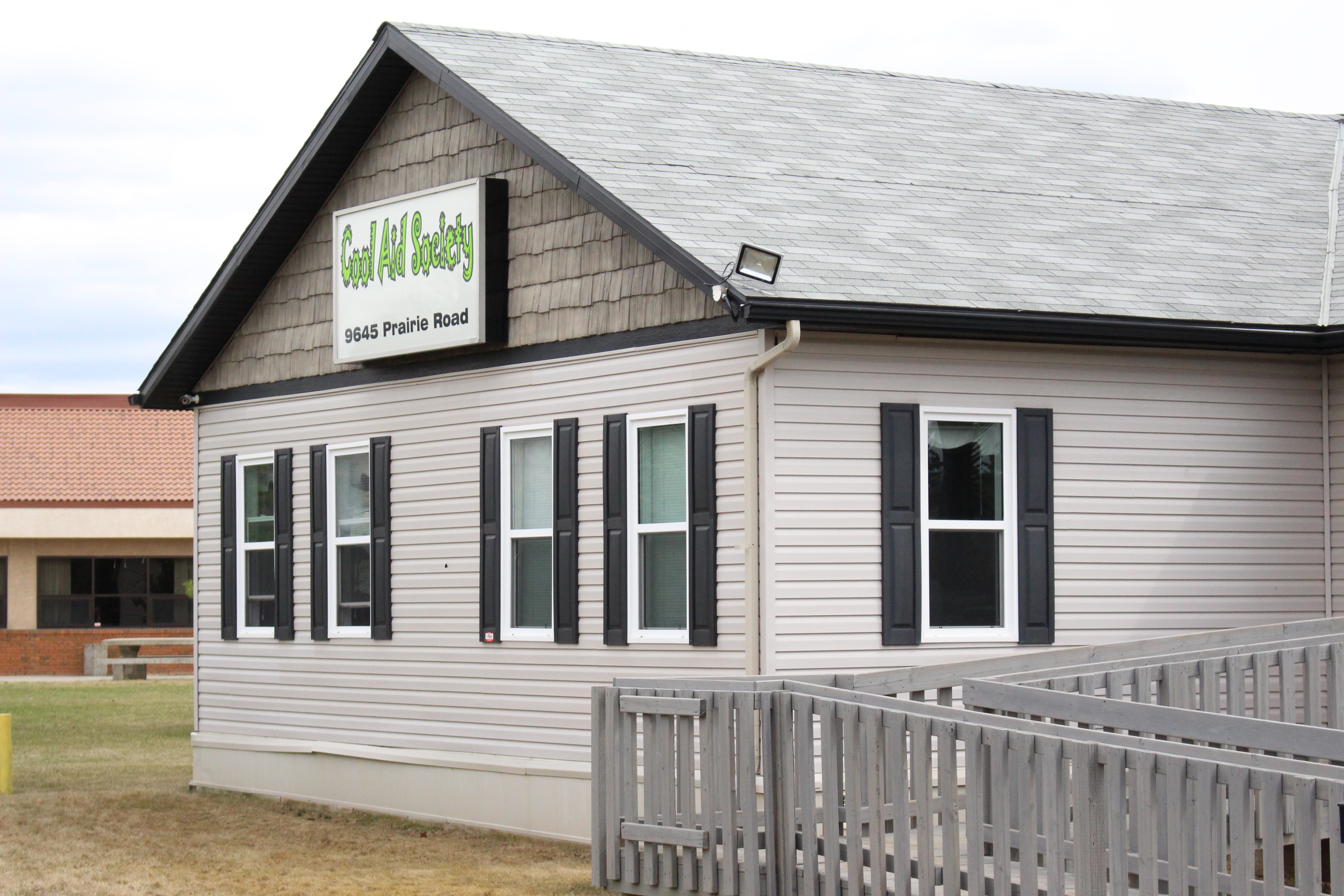The Cool Aid Society is preparing for their busiest time of year but an increase to the minimum wage is looming over the group. The $15 minimum wage is meant to help some of our society’s most vulnerable but it could come with unintended consequences.
The average wage for a Child and Youth Care Worker in Alberta is $21.25. The childcare staff at Cool Aid are making minimum wage which is currently $13.60, that will jump to $15.00 on October 1, 2018. Executive Director Helen Ficocelli says she isn’t opposed to the increase it just could have some down sides.
“And our funding doesn’t go up. Everybody assumes that the funding of non-profits from government funding, or whatever funding source we have, that the amount will go up and it doesn’t.”
The program currently costs about $370,000 a year to operate. The biggest funding contributor is Alberta Health Services. They also receive some funding from the city of Grande Prairie, the United Way, donations and other grant programs. There are about 12 staff members at two locations; two full-time child care workers, an executive director and a number of part-timers.
They have just finished hiring for the summer and staff will work full-time on planning for the summer. They will also run drop-in programs after school and on any full day Fridays students may off before the end of the year. Ficocelli says they expect to be full every day, there were 50 kids a day at each of the centres last year.
“So there is no time for anything for the staff. They just work, work, work. And the staff enjoy the kids but at some point when it comes to minimum wage… they need to make money.”
The program does operate on a first come first served basis once a child’s registration form has been filled out and there is no charge to families. Due to budget limitations this year they have only been able to offer full day out Friday programming since March, something they had previously offered throughout the school year. Ficocelli says in the past they tried to operate on a sliding scale but that didn’t work.
“Our numbers went down of course and the kids who really needed to be here, even though we said it’s a sliding scale, even though we said you don’t have to pay, they just walk by. And if you’re a prevention program you can’t let that happen. So we stopped.”
Ficocelli also said another reason they scrapped the scale the scale was the high cost of living and “the working poor”.
The drop-in youth program looks for ways to engage with kids, tweens and teens as a “positive alternative to risky behaviours.” Nearly 2,100 kids attended the program last year, a 3 per cent increase in usage compared to 2016. They will work with parents as well to help connect them up to support services they might be looking for.
It was founded in 1979 during one of the many booms GP has experienced. By 1980 they needed a permanent as an economic slow down meant there was an even greater demand for their service. Originally the group focused on teens aged 13 to 17 but have since expanded the program to include all kids in grades one through 12.
The Cool Aid Society recently aligned with Birdies for Kids which matches donations up to 50 per cent.


